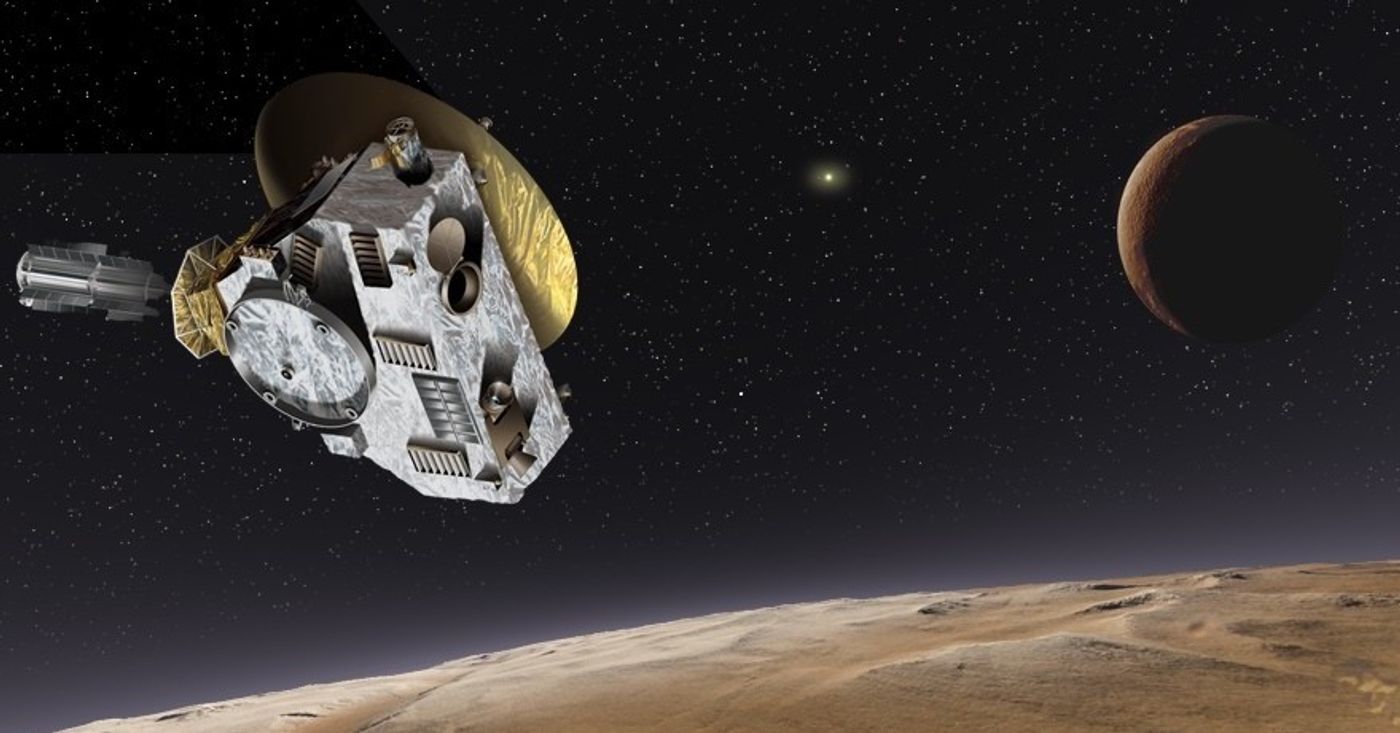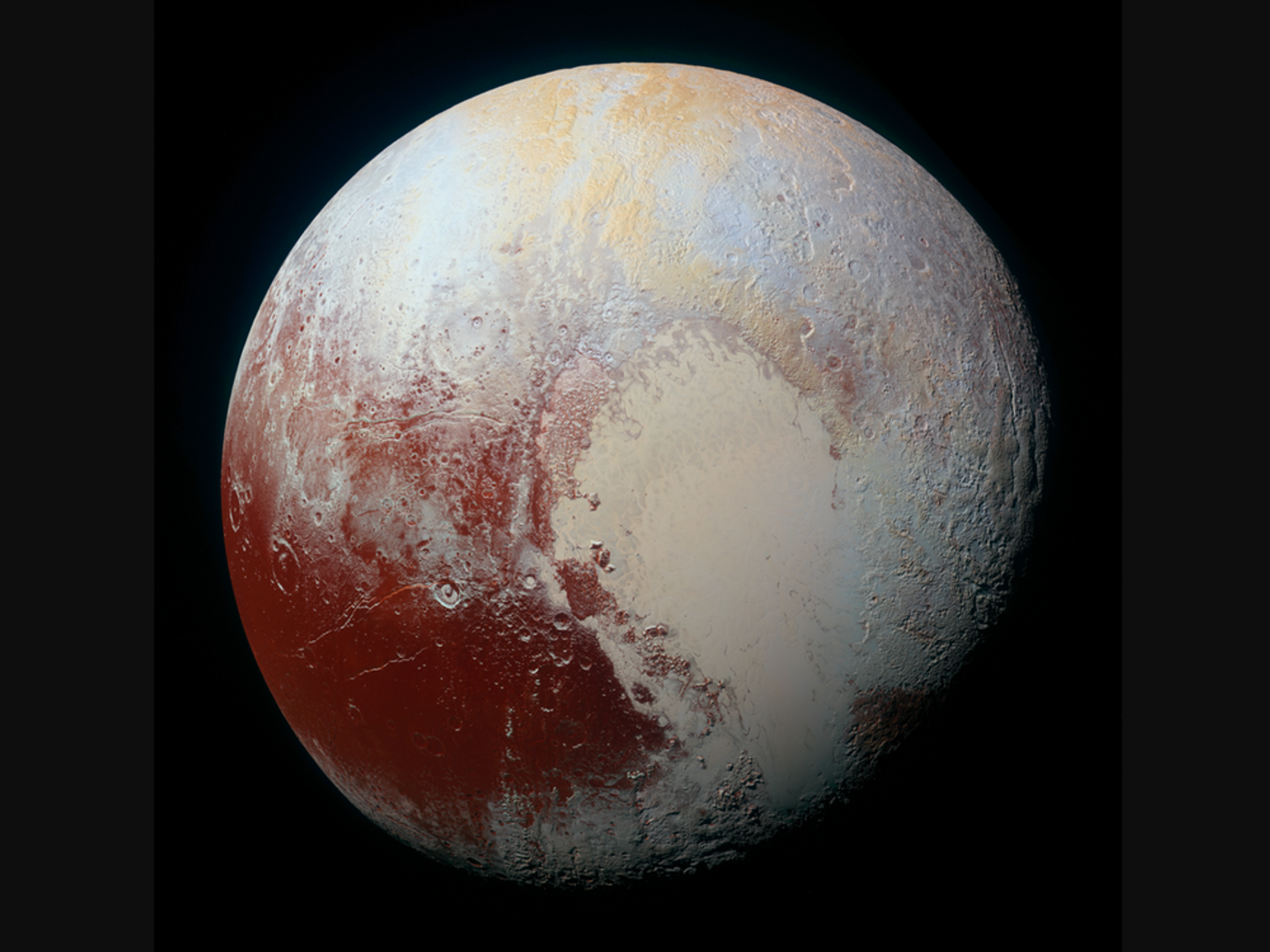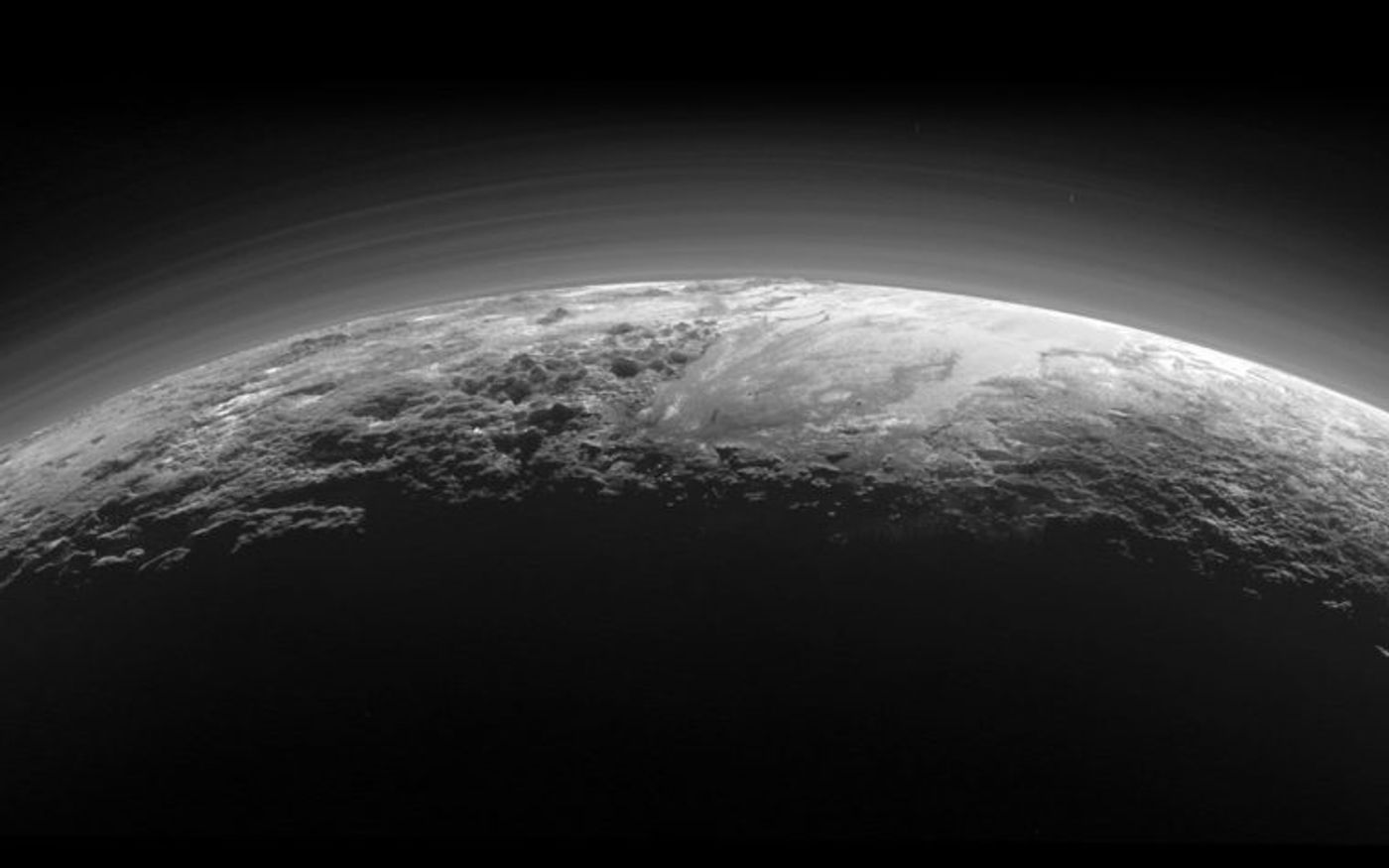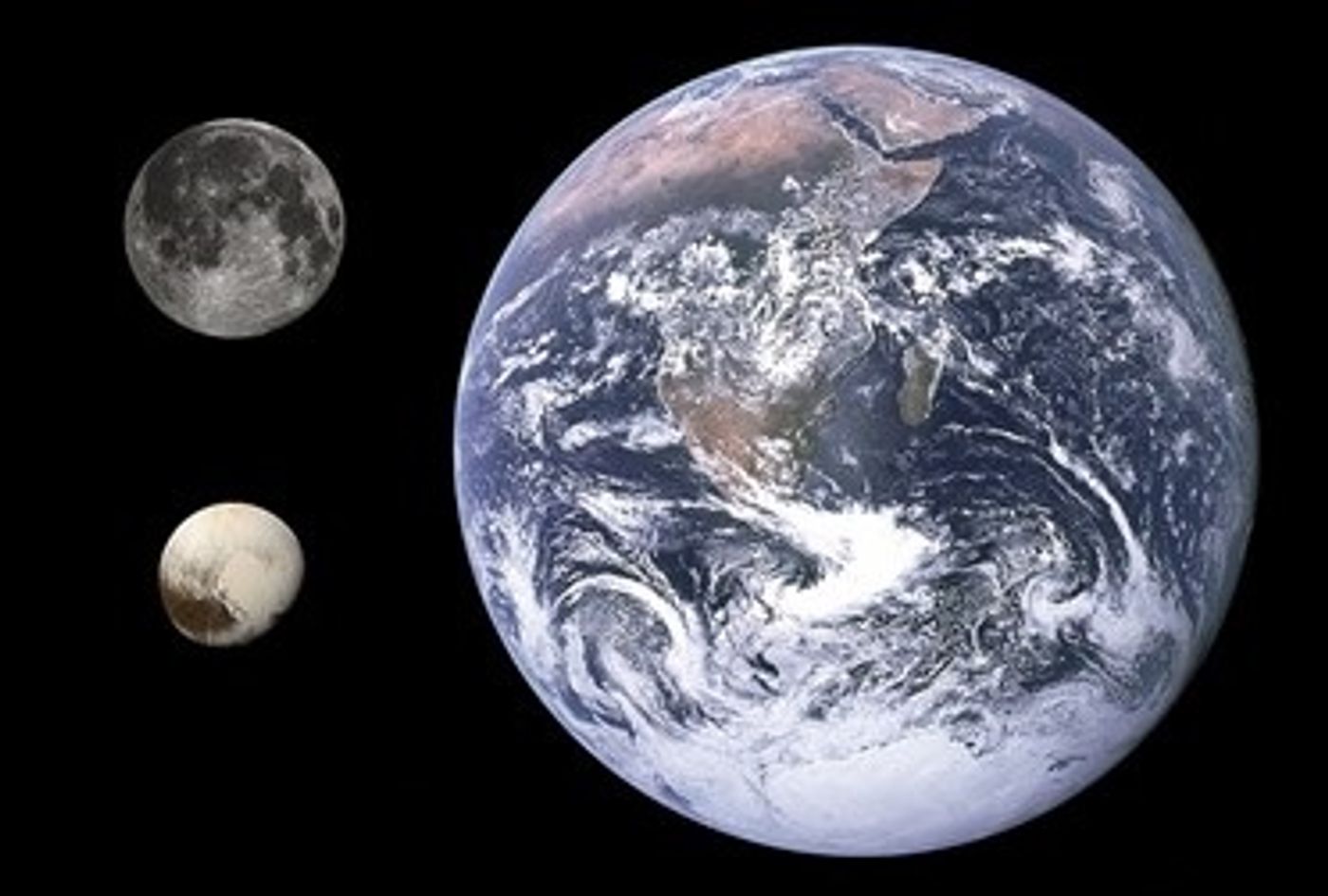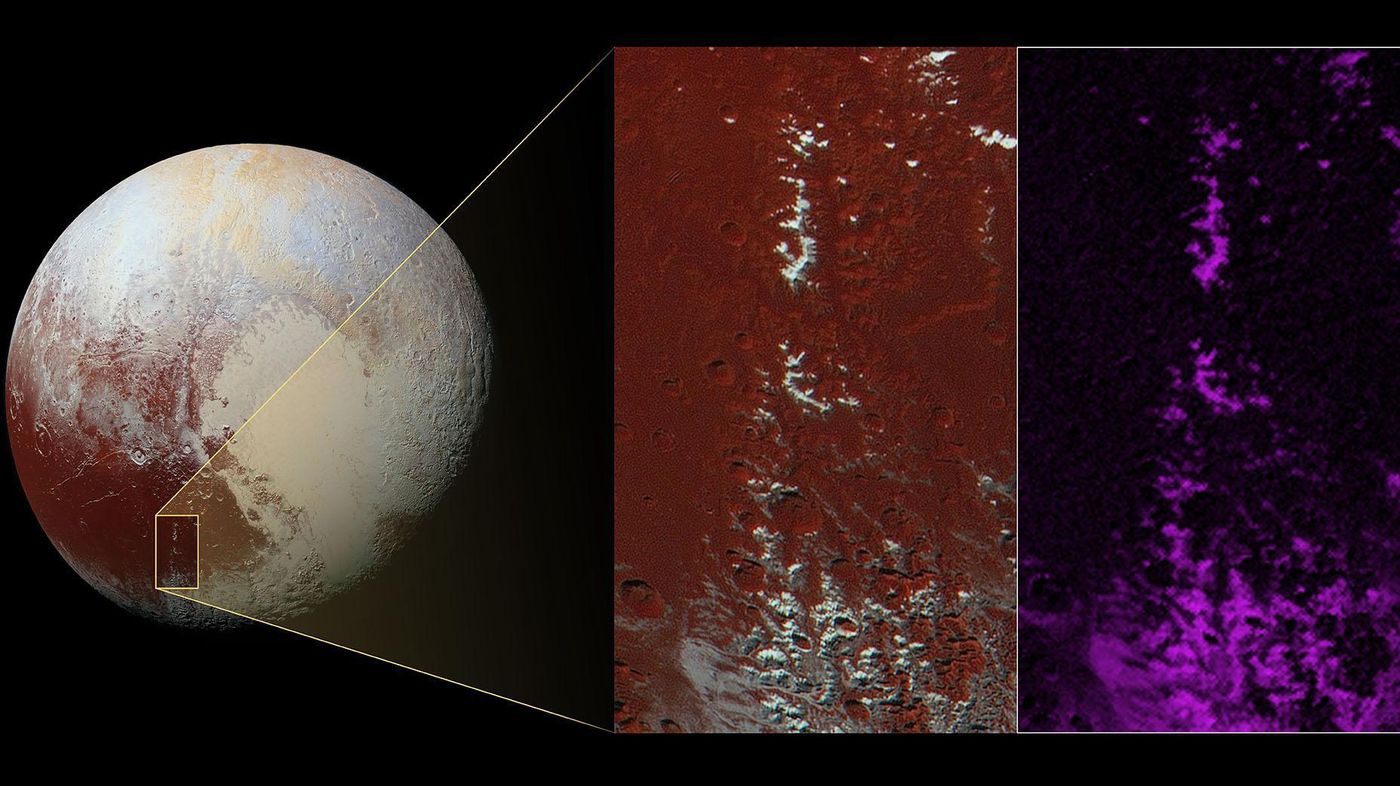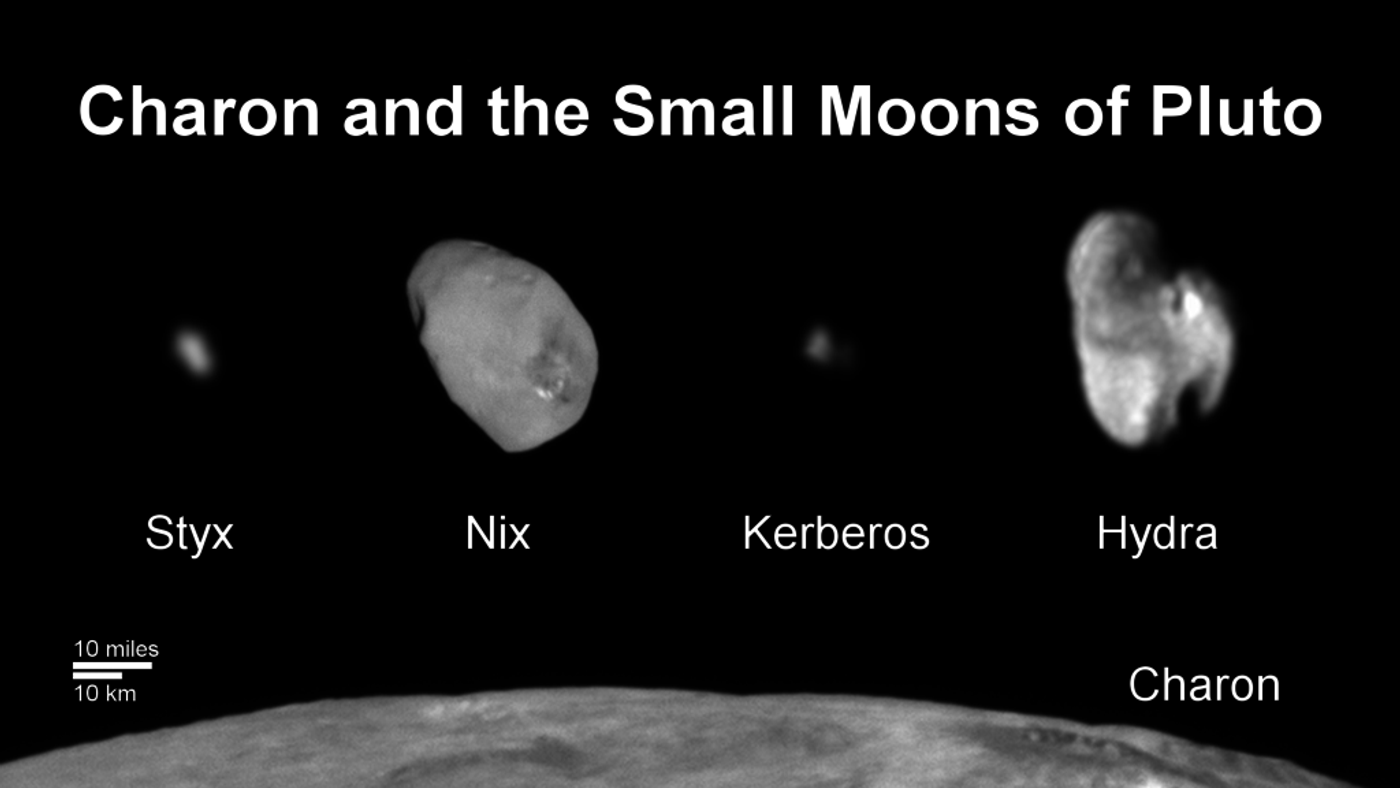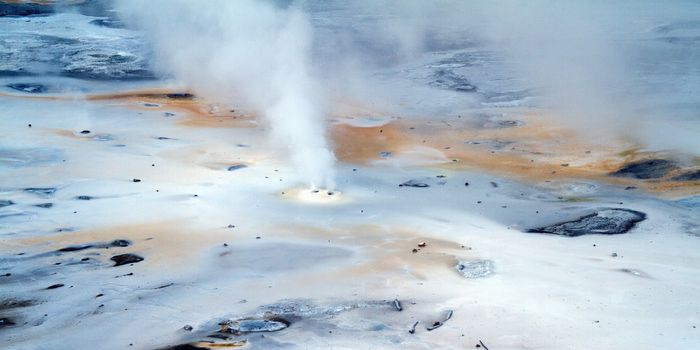Celebrating the Anniversary of Pluto: Nine Facts About This Distant World
February 18, 1930, is a truly historic day for science, as this was the day Pluto was officially discovered by Clyde W Tombaugh at the Lowell Observatory. This distant icy world is one of the most beloved objects in the solar system, and coincidentally shares a name with one of the most beloved Disney characters of all time, as well. The love for Pluto runs so deep that debate rages to this day about its official status as a full-fledged planet since its “demotion” to dwarf planet status by the International Astronomical Union in August 2006. To celebrate the anniversary of its remarkable discovery, we present nine facts about the ninth planet that’s no longer a planet.
1. Pluto isn’t named after the Disney character
Contrary to popular belief, Pluto was actually named after the Roman god of the underworld. A few months after Pluto’s discovery, 11-year-old Venetia Burney in Oxford, England was paid £5 (now $6.87 U.S.) for her suggestion after the Lowell Observatory received 1,000 suggestions worldwide.
2. Pluto has only been visited by one spacecraft
Of the more than 300 spacecraft that have explored locations beyond Earth’s orbit, NASA’s New Horizons spacecraft continues to be the only spacecraft to visit Pluto, occurring in July 2015.
Image Credit: NASA
3. Pluto has red snow
Images of Pluto have revealed large, bright red, regions that are believed to be caused by organic molecules known as tholins that literally rain down onto the surface. This is the product of cosmic rays and/or ultraviolet light interacting with the methane in Pluto’s atmosphere and surface causing the appearance of red snow.
Image Credit: NASA/John Hopkins University Applied Physics Laboratory/Southwest Research Institute
4. Pluto might have a subsurface ocean
While Pluto has long been believed to be a completely frozen world given its vast distance from the Sun, there is now evidence to suggest that Pluto might presently contain a subsurface ocean, possibly due to heat from radioactive elements in Pluto’s core.
5. Pluto has a fluctuating atmosphere
Despite its vast distance from our Sun, Pluto still contains a thin and very weak atmosphere that expands and contracts as it moves closer and farther away from the Sun throughout its orbit, exhibiting similar behavior to a comet. The primary component of this atmosphere is nitrogen, though molecules of methane and carbon monoxide have also been detected.
Image Credit: NASA
6. Pluto is smaller than our own Moon
While Pluto was designated as a full-fledged planet for over 75 years, it is actually only two-thirds as wide as Earth’s Moon.
Image Credit: NASA
7. Pluto has white-peaked mountains
Pluto is presently the only object other than Earth that contains white-peaked mountains. However, unlike Earth these peaks are not made of snow, but of methane ice. This methane ice did not rain down like snow on Earth, instead, the gaseous methane is already at the peak since temperatures on Pluto actually increase with altitude, which is opposite on Earth.
Image Credit: NASA/Johns Hopkins University Applied Physics Laboratory/Southwest Research Institute
8. Pluto has several moons
Despite its size, Pluto actually has five known moons. It’s largest moon, Charon, is almost exactly half the size of Pluto (604 km radius), while its other four orbiting bodies, Styx, Nix, Kerberos, and Hydra, are 10-25, 44, 13-34, and 36 km in radius, respectively.
Image Credit: NASA/Johns Hopkins University Applied Physics Laboratory/Southwest Research Institute
9. Pluto is loved!
Okay, this isn’t really a fact, but it goes without saying that Pluto is loved by a lot of people. So much so in fact that when it was “demoted” in 2006, people took to the streets to protest its demotion decision.
Happy Anniversary, Pluto!
As always, keep doing science & keep loking up!
Sources: Space.com (1), EarthSky, NASA Solar System Exploration (1), NASA Solar System Exploration (2), Smithsonian Magazine, Scientific American, NASA Solar System Exploration (3), Space.com (2), NPR, Britannica, The Oklahoman
